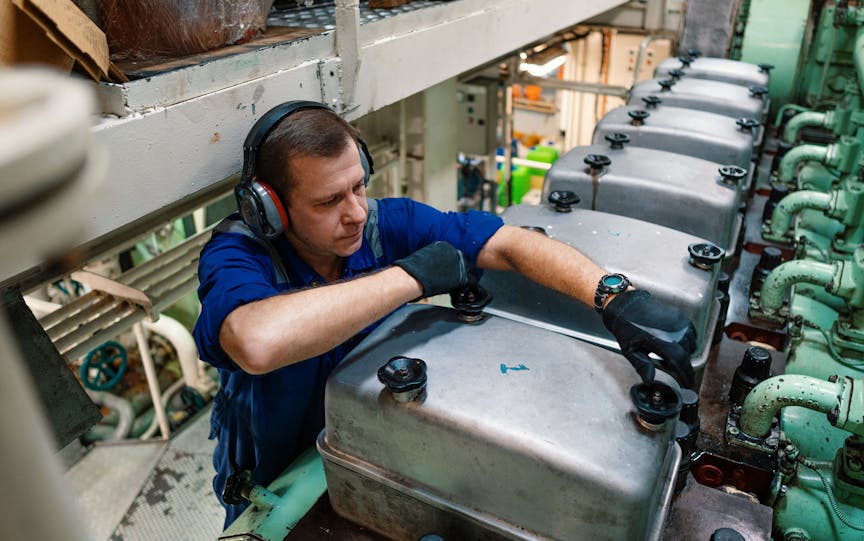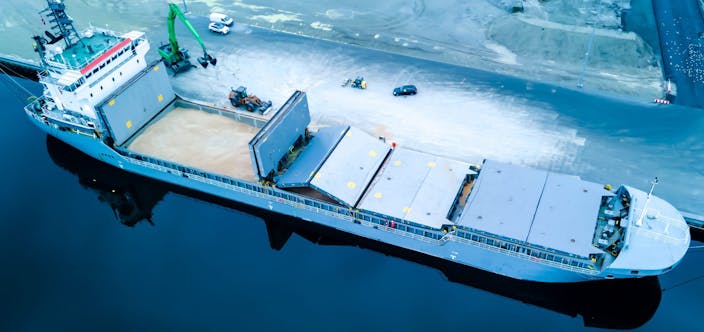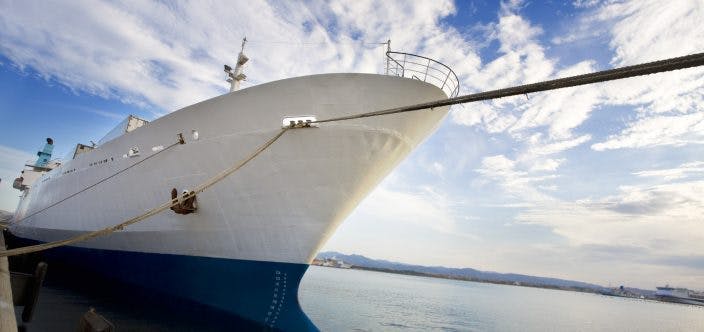Evolving Ship Design & Maintenance

In this monthly theme we address some of the different aspects of maintenance, including cost, safety, evolution of knowledge, and how maintenance is considered in ship design. To give a more comprehensive overview, this article is intended to accompany our monthly theme podcast which can be found here > LINK.
The cost aspect
Vessel maintenance is generally viewed from cost and safety perspectives. A rough average maintenance cost for vessels under 10 years of age is 10% of the total operating expenses (OPEX) and for older vessels it is estimated to increase up to approximately 20-30%. Initial higher capital expenditure (CAPEX) typically provides better returns over time and lower OPEX when compared with off-hire, repairs, and increased maintenance needs. Also to bear in mind is that a high standard of maintenance for the ship can lead to improved efficiency and reduced costs. For example, regular maintenance such as hull and propeller cleaning along with engine adjustments and tuning can reduce energy consumption and extend the lifespan of the vessel. When equipment is in less-than-optimal condition, it has to work a lot harder to do its job and it doesn’t last for as long. Therefore, proper maintenance is the key to endurance and cost efficiency. For this reason, modern vessel design starts with a life-cycle analysis (LCA), where vessel operation and maintenance are considered, hence good and well managed maintenance will ultimately give a cost-effective total life cycle. Applying management techniques to the vessel’s life cycle and supporting it with a competent technical team is the most efficient way to keep the maintenance costs low.
The safety aspect
Poor maintenance has caused many severe incidents, even causing loss of life. Equipment which is not functioning correctly can become unsafe and lead to dangerous situations. Ship owners/operators and crews should be encouraged to implement maintenance procedures that go above and beyond basic requirements. Well-maintained vessels with motivated crews are safer vessels. Effective maintenance requires careful planning and team effort. When regular inspections are made and crews pay close attention to maintenance, there is a better readiness to respond to problems because there is a higher level of predictability, and the problems tend to happen in a more controlled manner. Good maintenance helps to insure you against emergencies. It is important to think proactively to try to eliminate the occurrence of equipment failure which causes interruptions to operations and can risk the safety of the crew: This means taking action based on condition analysis as opposed to focusing only on time-based monitoring of equipment and machinery. Running hours alone do not provide the best guidance for maintenance planning and resources, therefore condition-based maintenance is widely applied and a useful “yard stick” to measure by.
The importance of evolving knowledge
It is essential to think about the crew who will be performing the maintenance over the years to come and what their capabilities are when it comes to the huge variety of innovative solutions and technologies that are being put into use. Together with new and improved designs and systems, new skill sets are required for maintenance and crews must be equipped with the right knowledge. There is likely to be an increase in training and familiarisation requirements, and maritime education establishments will have a hard time trying to cover all the new systems that become available: This challenge calls for attention. Ship designers and suppliers will need to be increasingly involved in educating future engineers, and remote diagnostics and support will become a bigger part of the picture. Continual advancement of design and technology demands continual learning and education so that maintenance is performed correctly, and updated guidance is available.
The consideration of maintenance in ship design
A good ship design allows for flexibility. It is important to optimise your ship based on your profile, and the big question asked in the design phase is “how can you be sure that the intended operational profile of the ship today remains the same 20 or 30 years from now?” There will be retrofits required and changes in regulations over this timespan. This has led to the current buzzword in the industry being “future-proof,” because we need to consider the next 30 or so years in the design phase of the vessel. Future proofed concepts predict and leave room for conversions and retrofits that need to be accommodated for in the initial design, so that if the vessel outlives current technologies, it can be upgraded to keep in step with industry requirements. Maintenance is considered carefully in ship design, but there can be issues with practicalities. For example, accessibility of equipment and machinery is not given priority in the design stage, unless specifically requested by the customer. The design priority is to provide maximum utilisation of the space. When vessels have issues with poor accessibility, it has a direct effect on maintenance and can lead to situation where maintenance is avoided because it is difficult.



